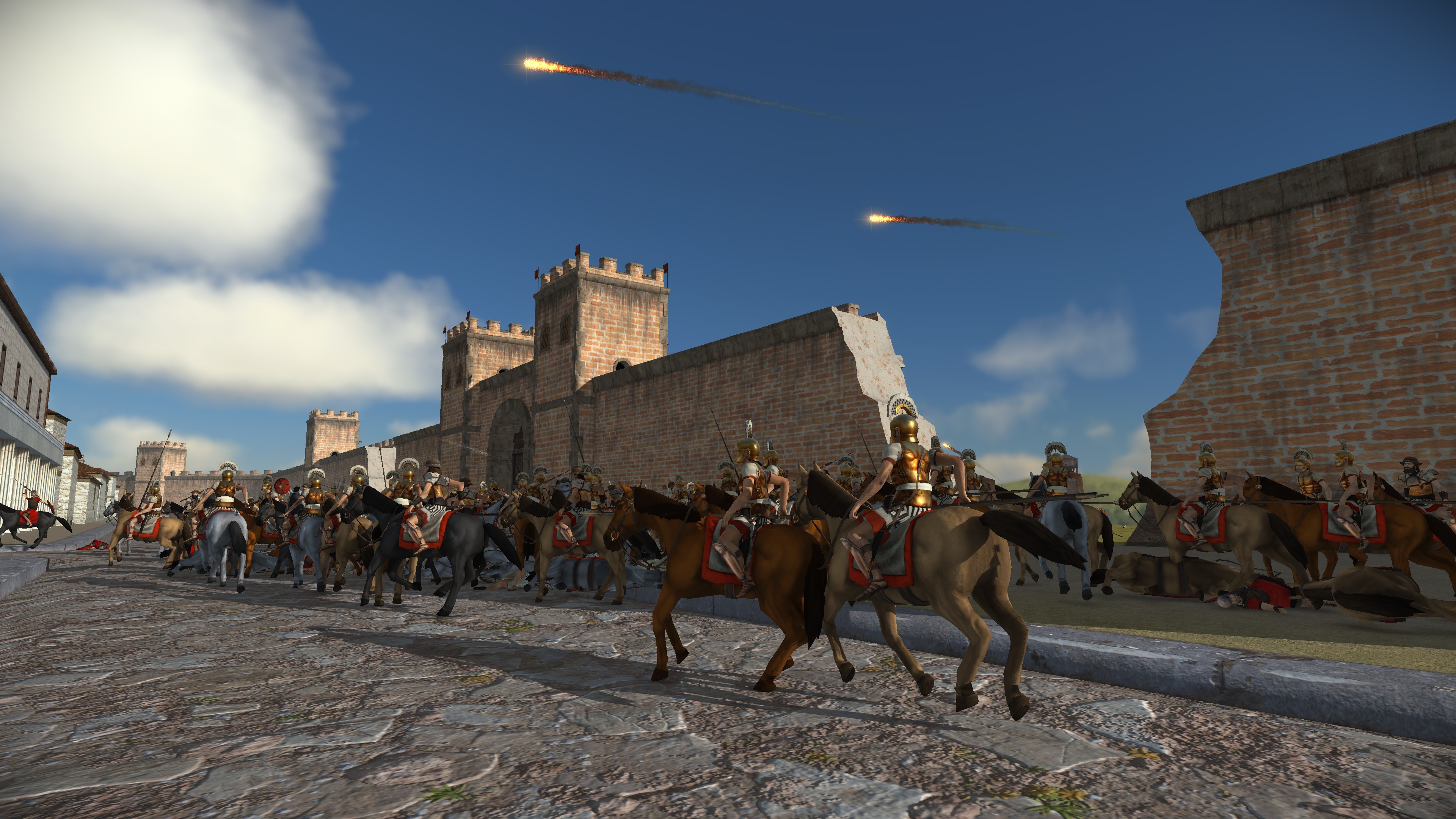
Simpler in some areas, but also much more detailed in others. There's so much more, but I've been typing for too long and I think you get the idea. Even the pre-battle speeches could change depending on the traits of your generals. It was fun to watch your family tree expand, and you could get really attached to the different characters, and unlike Rome 2 the generals in Rome 1 could get TONS of different traits, and it actually affected a bunch of stuff too. Instead you controlled a single family tree and ruled it like a king (hence why many think this system fit Medieval 2 better). You could turn middle-of-nowhere Gaul into a city that surpasses Rome's glory if you had the population, money, and time (it wasn't easy though).Īlso there was no internal politics system. Each city had to have it's own buildings constructed, and you weren't limited by space, only by the city's level. Each city had their own population and growth, and recruiting units would take out from that population. The province system kind of consolidated how cities interacted with eachother, food supplies mattered, you had a whole internal politics system. The Romans had durable legionaries, but also pigs they would light on fire and charge at the enemy to scare elephants. The Gauls and other barbarian tribes had units like naked fanatics, druids, and berserkers. The Egyptians were straight out ancient Egypt, talking about their Pharaohs and pyramids. The Romans had their core of Roman units, but could expand with auxilia of different types, as you're familiar. Factions like the Gallic tribes and Egypt were inspired by the actual historical armies of the time period.

Rome 2 emphasized more realistic historical factions. I'll break down a couple of the big differences. They're like, completely different games.

The remaster then it appears will simply be Rome 1, with a new coat of paint and a few minor additions as listed on the Steam page. However, as most of the campaign additions in Rome II are simply roadblocks that slow the player down, a lot of people hold to the view that Rome 1 remains the more fun of the two titles, even discounting the nostalgia factor, since it's easier to jump in and begin conquering everything.

Generally speaking between the two, Rome 1 is more straight-forward (barring the a-historical weirdness of Rome being divided into 4 separate entities, ). In Rome 1, there's: no provinces, or minor/major settlements - each settlement is it's own thing you can build as many buildings per settlement as you wish armies do not need to be tied to generals, so you can have 100 armies with 2 units each if you wish (and as settlements don't come with any garrisons, you will need to have little armies all over the place to secure your holdings) your units however, don't replenish at all, you need to retrain them there's no food mechanic in Rome 1 there is no faction mechanics in Rome 1, instead the Romans have 3 entirely separate factions representing different houses that end up fighting a war in the late game - the other factions just play as unified entities there are far fewer factions in the game - instead, most settlements at the start are in the hands of "rebels" who are hostile to everyone, but mostly just sit there waiting to be conquered.

Rome 1 is much more similar to Medieval II or Empire/Napoleon if you have played those. Rome 1 is actually quite a bit different from Rome 2 in major aspects, particularly on the campaign side.


 0 kommentar(er)
0 kommentar(er)
